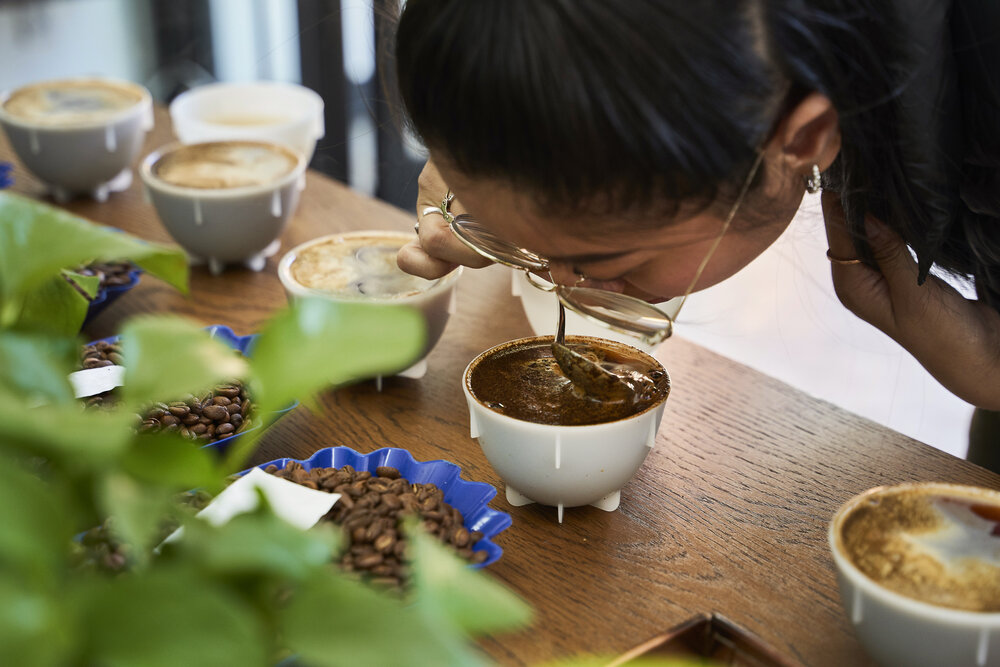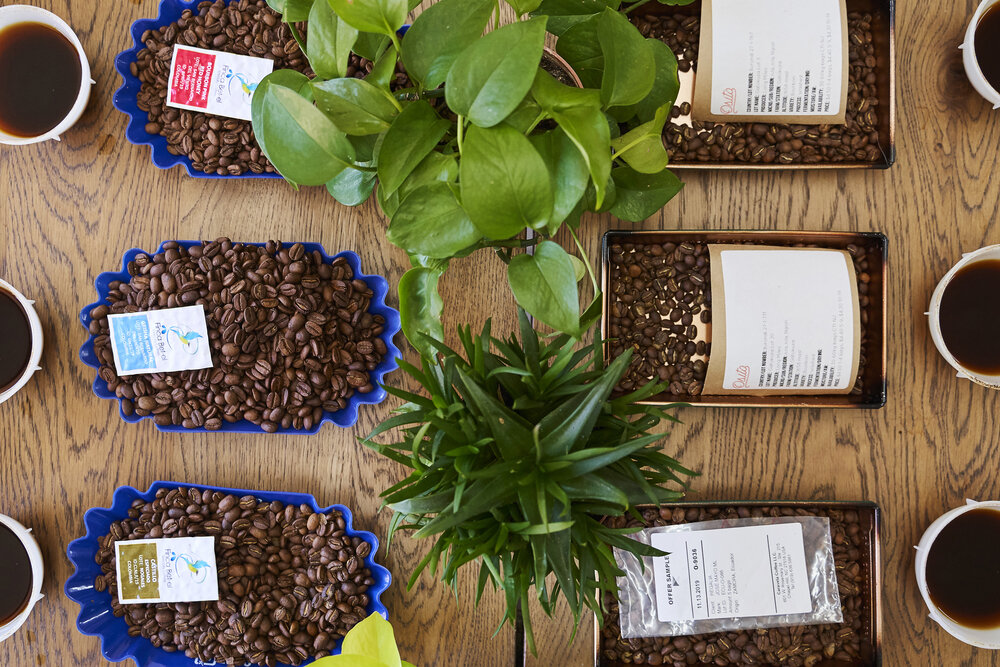CUP SCORE INFLATION - a podcast by Scott Rao
from 2021-01-18T17:21:36

Recently a friend and I discussed the viability of starting a niche business selling green coffee. We decided not to do it, but one of the interesting issues to come out of our discussions was cup-score inflation.
Part of our business model would have been to offer customers our coffees’ cup scores. However, scoring our own coffees would present an obvious conflict of interest: competition would pressure us into either inflating our cup scores or risk losing business to competitors who inflated the scores of their coffees.
For example, one of my friends who is a home roaster and Q-grader purchased numerous coffees from a well-known green supplier. He scored all of those coffees 3––6 points lower than the scores provided by the green seller. The most egregious example was a Kenya rated 91 points by the importer, which my friend rated a generous 85. This is not a mere quibble. You should know a 91 when you taste it. You will remember where you were and who you were with. An 85, on the other hand, is not memorable. These scores are not close.
Another example: last year I asked several importers to send me only samples of coffees rated 88 points or higher. The vast majority of samples I received were 85––86 points. While there is nothing wrong with 85-point coffees, it is difficult to mistake an 85 for an 88.
These are all examples of what I think of as the “slippery slope” problem marketers often face: if you are completely honest about the quality of your product but your competitors all exaggerate the quality of their products, you will lose to those competitors. Once one competitor makes exaggerated quality claims, it becomes nearly impossible to avoid inflating your own claims of quality. Over time, the claims of almost all surviving competitors are inflated.
Even when importers score coffees accurately, they often publish the score of a coffee when it was at its best, say, based on a pre-ship sample, and they do not re-score the coffee after it arrives, or later as the coffee fades and loses quality. Some coffees can easily lose a few points in a matter of a few months due to shipping conditions, storage conditions, excessive moisture content, or even the microbes used during fermentation. (See Chris Feran’s excellent post about microbes and coffee fade here.)
Ideally, one hopes roasters will be “educated” enough to evaluate quality accurately, and then choose green accordingly, but in my experience working with newer and smaller roasters, that is often not the case. Many of my smaller clients don’t sample roast or request enough green samples before purchasing a coffee, and they over-rely on green sellers’ scores to guide their buying. This dynamic may train less-experienced roasters to score coffees too high.
In the past year, my smaller clients have overrated the score of almost every roast sample they have sent me, usually by 2––3 points, but sometimes as much as 5––6 points.
Please don’t misunderstand me: I do not think green sellers are any less honest than other people. They are simply adapting to an unfortunate dynamic in the industry created by a combination of competitive pressure and having inexperienced clients. I wish they would be more accurate and up to date in their scoring, but I also wouldn’t want to be in their position.
What’s the solution?
I won’t pretend to have the definitive solution to this problem, but here are some suggestions that may help less-experienced roasters make better green choices.
Take the Q-certification course. It is perhaps the only industry-sponsored course worth the money.
Train in person or remotely with an expert. If your goal is to improve your cupping and scoring skills, this is a more cost-efficient option than taking the Q course. I don’t consider myself expert enough to offer such training, but if it interests you, send me an email (scott@scottrao.com) and I’ll connect you with someone who is.
Always sample roast, and cup blindly. Ideally, use more than one cup of each sample, and scatter the duplicate cups around the table so you don’t know where each coffee’s twin is. If you find you often score the duplicate cups differently, you know you have some work to do.
Always cup more than one type of coffee at each cupping session. This is great advice from Ryan Brown, who told me he never cups a coffee by itself because he prefers to have a reference coffee on the table. And of course, ideally that reference coffee is cupped on a table with many samples.
Try to cup with seasoned professionals when possible (and when we’re not in a pandemic.)
photos by Adam Friedlander (@a.frieds)

Further episodes of Q
Further podcasts by Scott Rao
Website of Scott Rao